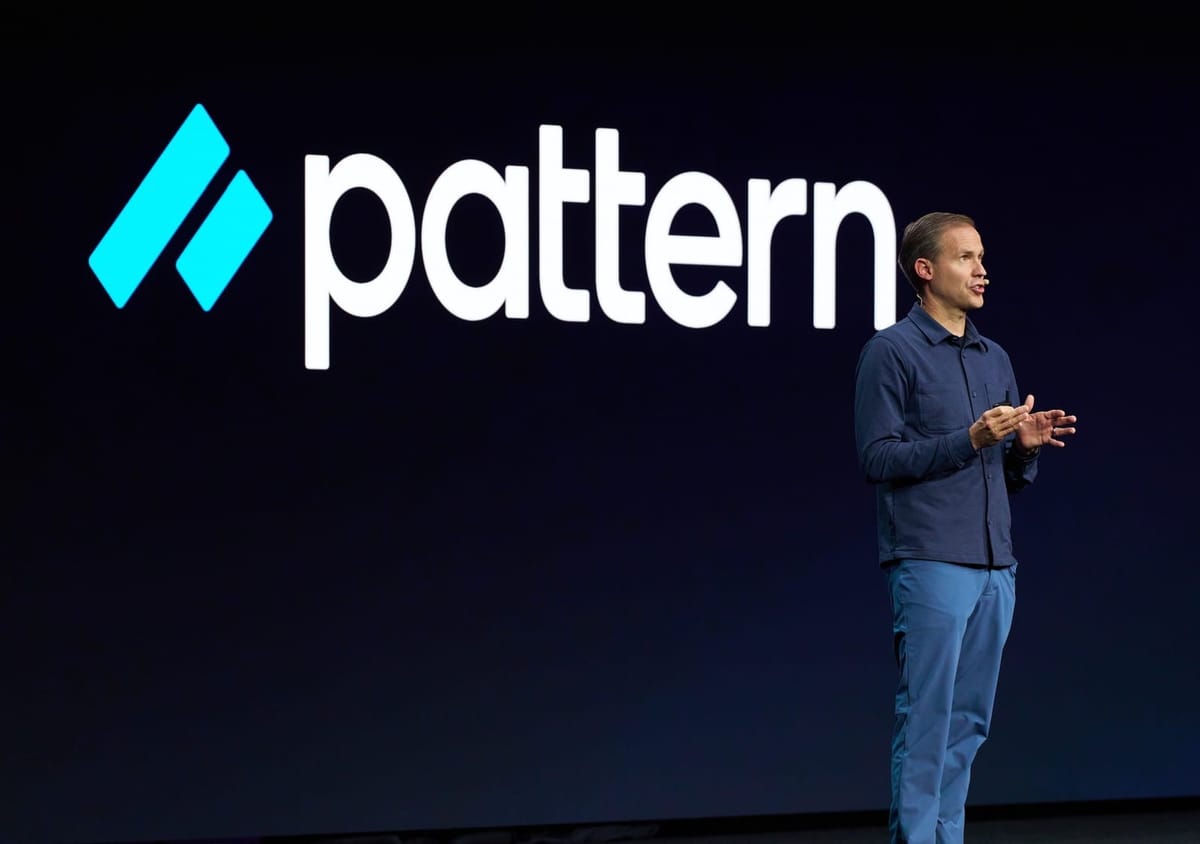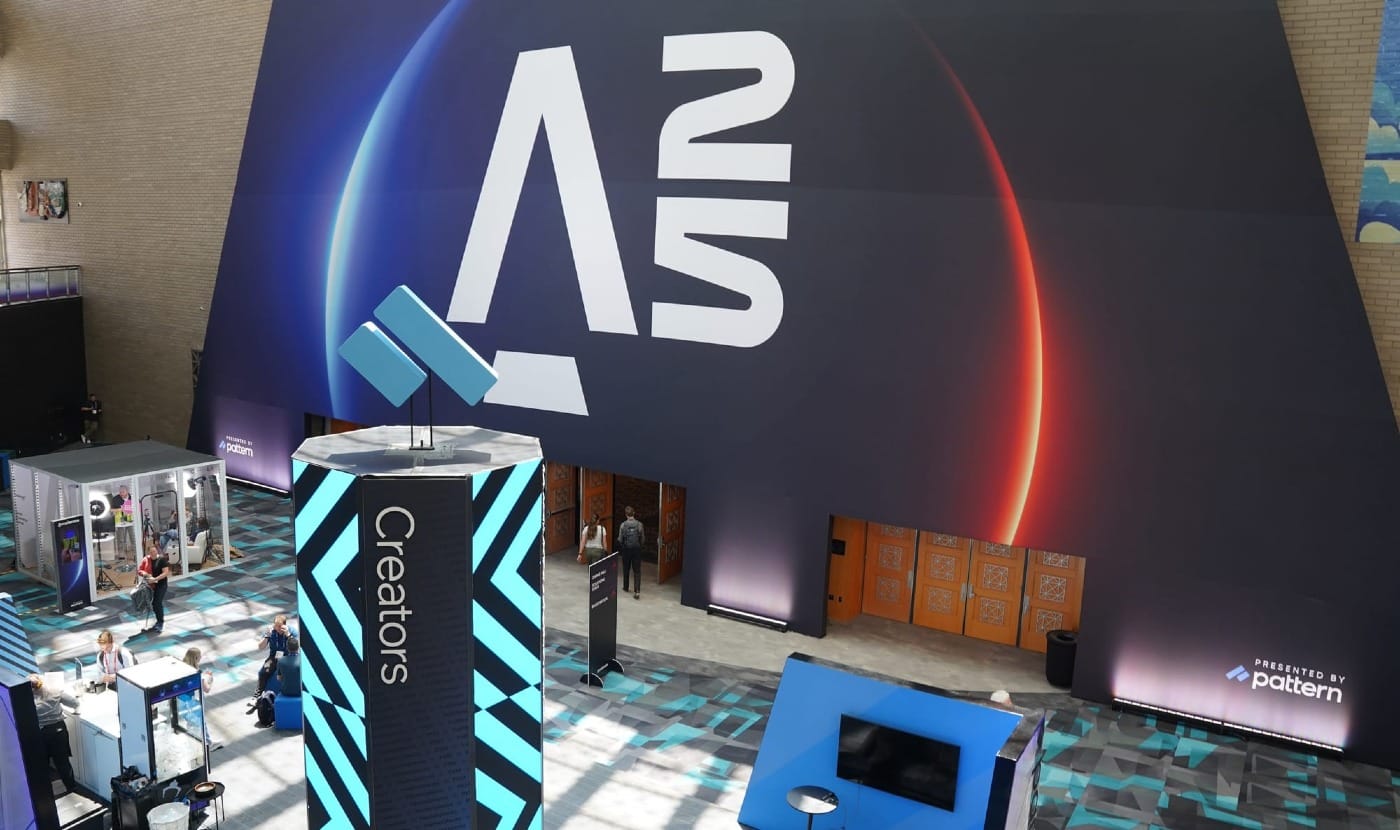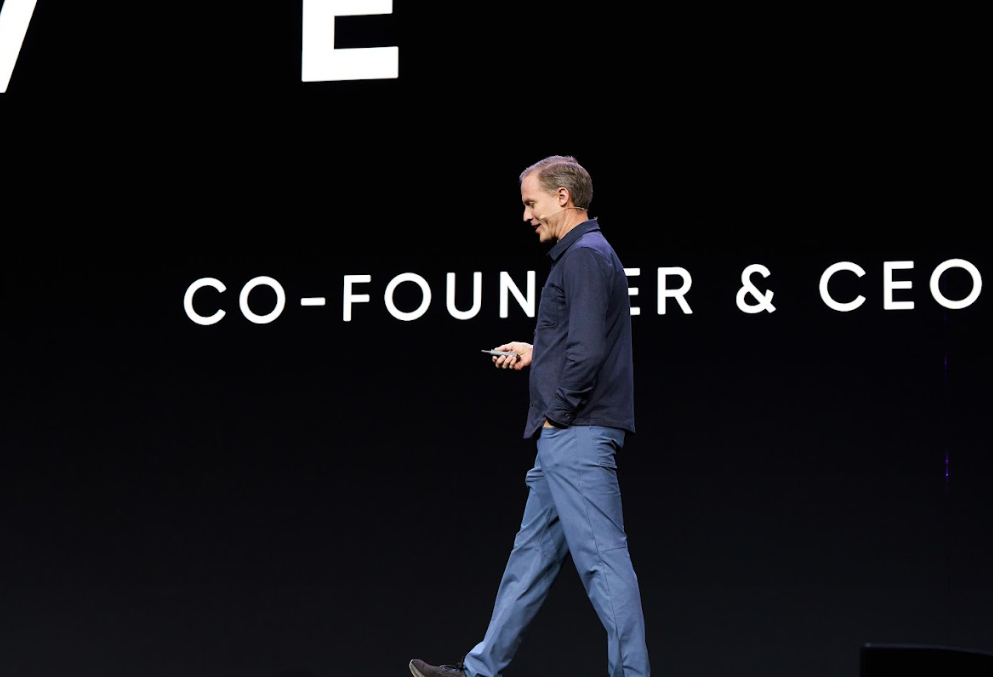

Lehi, UT - June 5, 2025
Lehi-based ecommerce platform Pattern has introduced a new suite of AI-powered tools aimed at helping brands adapt to a changing digital retail environment—one where search, discovery, and buying decisions are no longer dominated by traditional channels like Google and Amazon.
The rollout, announced recently during Pattern’s annual Accelerate Summit, includes four key offerings: GEO Scorecard, Chessboard, TrendVision, and The Portal. Each targets a specific shift in how consumers shop—and how brands can stay competitive.

With more consumers turning to AI assistants like ChatGPT and Gemini to start their buying journeys, Pattern has developed a new framework called Generative Engine Optimization. Its new GEO Scorecard gives brands visibility into how they’re being represented in AI-generated recommendations.
“This isn’t just about SEO anymore,” said Pattern CEO Dave Wright. “If AI is influencing what consumers see and trust, then brands need to understand and manage that visibility as deliberately as they’ve done with Google search rankings.”
Pattern’s new analytics engine, Chessboard, focuses on attribute-level analysis to determine which product features actually drive conversion. Instead of treating every click or view equally, Chessboard identifies the specific elements that influence buyer decisions, enabling brands to optimize product listings and creative assets with far greater precision. The goal: eliminate guesswork in content strategy and marketing spend.

TrendVision, another new tool, tackles the growing influence of TikTok and Instagram on product discovery. It analyzes trending content and breaks down what’s working—emotional hooks, visual patterns, timing—then translates those insights into video scripts that brands can deploy using their existing creative teams or media partners. Rather than chasing every trend manually, brands get a data-backed shortcut to produce relevant content that converts.
The fourth product, The Portal, marks Pattern’s first hardware-enabled solution. It combines high-quality image capture with AI-generated lifestyle backgrounds—designed not just for aesthetics, but for performance. The system is trained on what types of visuals actually drive conversions, rather than relying on creative instinct alone. This hybrid approach addresses a common pain point: how to produce large volumes of effective product content without compromising on visual fidelity or brand consistency.

In a conversation with TechBuzz News, Pattern CEO Dave Wright was clear about what underpins the company’s product direction: long-term performance and authentic partnerships.
“To succeed, you must deliver exceptional performance consistently. There’s no room for pretense,” said Wright. He pointed to a telling metric: 48% of Pattern’s revenue comes from brands that have remained with the company for more than five years. “Retaining a brand for seven years means actually executing on the role they trust you with.”
He also emphasized the importance of exceeding partners’ expectations—not just meeting them.
“Fairness is subjective,” he noted. “So we step over what we think is fair to match what our partners consider fair. That’s how strong relationships are built.”
Culture of Execution: Why Talent and Self-Awareness Matter
Wright also draws a sharp distinction between companies that scale and those that stall: talent.
“McKinsey, Google, Meta, Amazon—they have rigorous hiring systems. That’s what sets them apart,” he said. “With exceptional people, momentum becomes unstoppable.”
Pattern applies that belief with discipline. Wright stated that no job at Pattern opens unless it pays in the top 25% of market rates. Every hire goes through a 20-page vetting packet and extensive backchannel referencing. Interviews are treated with skepticism. “Some of our best hires bomb interviews, but they’re elite performers. You have to go deeper to find that,” Wright said.
The results are measurable. Pattern improved its “A-player” hiring rate from 68% to 91%, based on a structured method it adopted company-wide. New hires who once averaged 36 months at previous jobs now stay an average of 53 months at Pattern. “That’s two extra years of elite output. But if you don’t manage that sustainably, they’ll leave.”

That’s where Pattern’s cultural self-awareness kicks in. While the company’s roots are in data and tech—“our instinct is to hit every problem with a data hammer,” Wright admits—not all challenges require algorithms. “Sometimes you just have to move a box. That one needs labor.”
Likewise, high performers don’t need motivation; they need guardrails. “Top talent will skip their kid’s soccer game three times in a row because they care about the work,” he said. “But then they’ll suddenly quit. Work-life balance isn’t about being nice. It’s about not burning out the people who drive your business.”
Pattern’s latest product rollouts reflect this philosophy. The tools are not just chasing the AI hype cycle—they’re designed to anchor brand relevance and performance in a marketplace that’s changing by the month. More engineering than evangelism, Pattern’s approach hinges on precision, partnership, and execution.
For more, visit pattern.com/innovation-hub.

